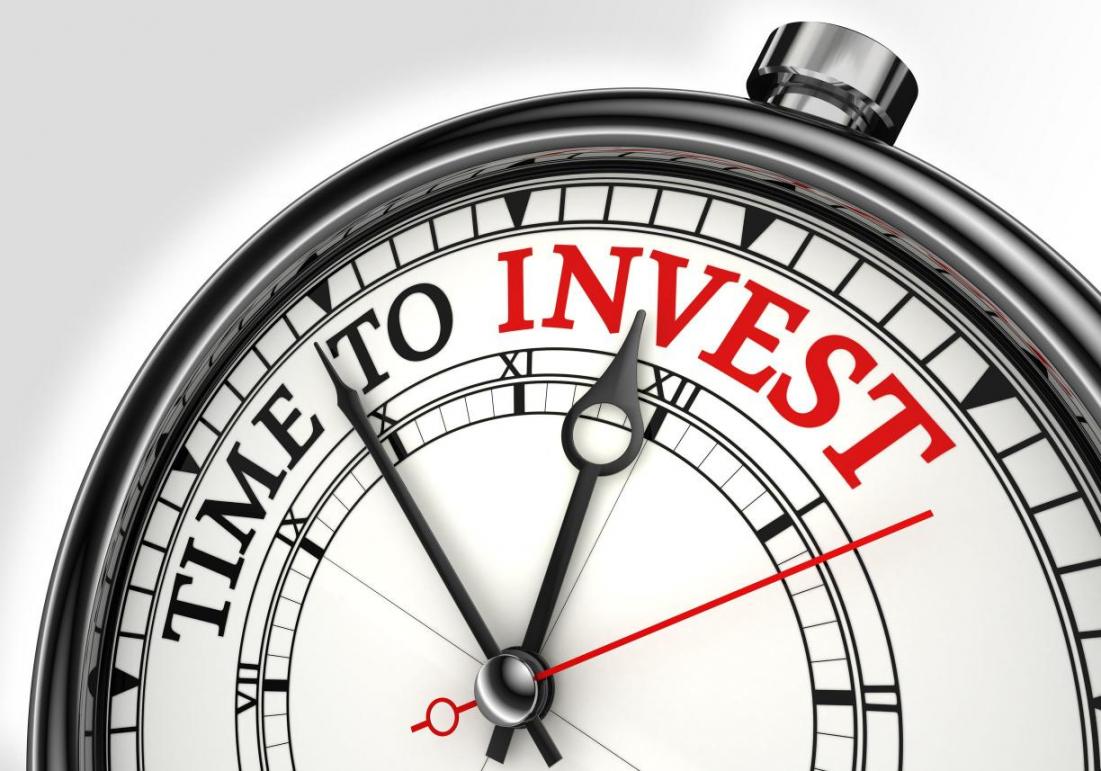From an economic perspective, the immediate consequence of the nuclear deal reached between Iran and P5+1 is that foreign investors will saddle their horses to ride off to Tehran, aiming to secure contracts for the day when sanctions will be lifted. Iran will then also be able to access its frozen funds, estimated at over $100 billion, which is more than the entire 2015/2016 budget. Up until that date, which probably falls in early 2016, the economic situation in Iran will change little.
Can this cash bonanza and investment avalanche turn around the fate of the slumping Tehran Stock Exchange or the unimpressive construction sector? And can this occur without fueling inflation?
The latter question might be the easier one to answer. President Hassan Rouhani’s government has been mostly pursuing a contractionary economic policy, reigning in credit growth and money printing so as to force back inflation. Indeed, an increase in money supply should not lead to inflation if, ceteris paribus, the velocity of money or productive capacity increases concomitantly.
Let’s start with velocity. The number of daily transactions in TSE has averaged 61,500 in the current Iranian month (started June 22), an increase of almost 50 percent year-on-year. But this number is still 3,000 short of two years ago. TSE transactions have occasionally shot up over the past 18 months when large institutional investors judged the prices of shares low enough to buy. Still, the overall picture is not convincing.
Similarly, the number of transactions in Tehran’s housing market has been unimpressive–falling by 41 percent in the Iranian month ending May 21 compared to a year ago. The nuclear deal has already started to blow life into the TSE, which pulled back from its 19-month low of 62,000 to around 70,000 now. Nevertheless, it is unlikely that the lifting of sanctions will invigorate the housing market in the short run.
Can the government steer an economy freed of sanctions so as to reduce underused capacity? Iran’s economic crisis has definitely made physical capital remain idle. Last Iranian year (ended March 21), the GDP grew by 3%, but this year’s projection, assuming that sanctions are not lifted, is that it will only grow about 1%.
According to the Central Bank of Iran, the most recent CPI inflation stood at 14.6%, but the money supply grew by 23.2% over the past 12 months, indicating that some of that was absorbed by expanded economic activity.
Systemic factors have also reproduced unused capacity. Iran’s gradual economic liberalization has been one of the most dangerous factors. Successive governments have undone high tariff rates and trade barriers, pushing up imports and threatening jobs in largely uncompetitive and lackluster domestic industrial sectors. The government will find it hard to spend extra cash productively. It should try to prevent a repeat of the second term of Mahmoud Ahmadinejad’s presidency, when record global oil prices steered the government into loosening trade barriers and an import spree.
Foreign companies have not been craving about entering Iran for nothing: They believe they can quickly turn themselves into market leaders there. Although the government’s success in convincing foreign car and oil companies to compromise with local industries has been hailed as a victory for the Resistance Economy, other domestic industries might feel more threatened about looming sanctions relief.
In what used to be called the Japanese deflationary scenario, which is now plaguing Europe in different forms, low borrowing rates and central bank buying of private bank bonds cause a boom in financial asset. But this boom fails to increase inflation as demand and real wages remain constant. To an extent, this is also happening in Iran. The government has been pumping credit into commercial banks by embarking on a bond-buying spree. ISNA reported days ago that commercial banks’ debt to the CBI had doubled on an annual basis, reaching about $4 billion.
Non-conventional banks have been the prime recipient of this credit. Even though the debt of private banks and credit institutions has dropped by over 30 percent over the past 12 months, it stands at $5.6 billion. Despite government insistence that liquidity has rolled, banks have so far been reluctant to lend this pile of money to the wider economy.
The banks’ unwillingness to lend is not completely voluntary. A part of it has to do with government regulations. Up until last May, banks were not allowed to provide real-estate loans—a government decree since 2007 when it feared credit was fueling a real-estate bubble. The legislative turnaround might bode well for the housing market, particularly in the provinces.
The core reason for policymakers and the media increasingly calling for foreign investment over the past two years is that the government believes the only way to spur non-inflationary economic growth is by inviting foreign capital. The domestic, mostly state-led, growth engine has been exhausted. Oil revenues, Iran’s unit of value of last resort, have plummeted and the government fears any expansionary push will cause currency depreciation and inflation.
Although capital controls will most likely be kept in place, the government does not share the Chinese authorities’ obsession to keep a financial boom going. The past two years have shown that the government accepts the possibility of stock market spills in response to worsening credit conditions. The government has also made strides toward expanding its bond market and promised to remove the tiered exchange rate system within months of the lifting of sanctions. These measures will appease foreign investors and may allay fears that an inflow of foreign investment could trigger inflation.


